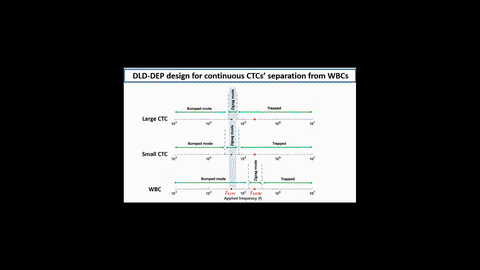Research
Aghilinejad research group focuses on Biofluid Dynamics and Data Analytics in Medicine, combining engineering principles, fluid mechanics, and machine learning to study the biomechanics of cardiovascular system and to develop diagnostic and therapeutic tools for clinical application. Using a multidisciplinary approach that integrates computational modeling, in-vitro experiments, and clinical study, we aim to understand the mechanics of disease and translate these insights into personalized medical technologies.
Cardiovascular Wave Dynamics and Heart–Aorta Interaction
We study how fluid–structure interactions at the heart–aorta interface influence cardiovascular performance and disease progression.
- Investigating wave-based flow mechanisms that contribute to cardiac output
- Developing in-vitro systems to simulate aortic wave pumping dynamics
- Creating computational models to assess how vessel wall properties affect flow
- Designing technologies inspired by valveless impedance mechanisms
This line of research aims to uncover how wave reflections and elastic wall behavior can be leveraged therapeutically to reduce cardiac workload and optimize heart failure treatment.
Vascular Aging and Pulsatile Hemodynamics
We investigate how age-related cardiovascular changes affect blood flow to sensitive organs like the brain.
- Modeling the impact of aortic stiffening on pressure and flow wave transmission
- Exploring how vascular aging contributes to diseases such as Alzheimer’s
- Decoding vascular age from pressure and flow waveforms
Our goal is to develop fluid-based markers for vascular age and design strategies to mitigate downstream effects of systemic aging on organ microcirculation.

Microfluidic Technologies for Particle Separation
We apply fluid dynamics to microfluidic device design for biomedical applications, including cancer diagnostics.
- Designing high-throughput platforms for isolating circulating tumor cells (CTCs)
- Integrating deterministic lateral displacement (DLD) and dielectrophoresis (DEP)
These technologies support continuous, label-free separation of target particles and offer promising applications in point-of-care diagnostics.
